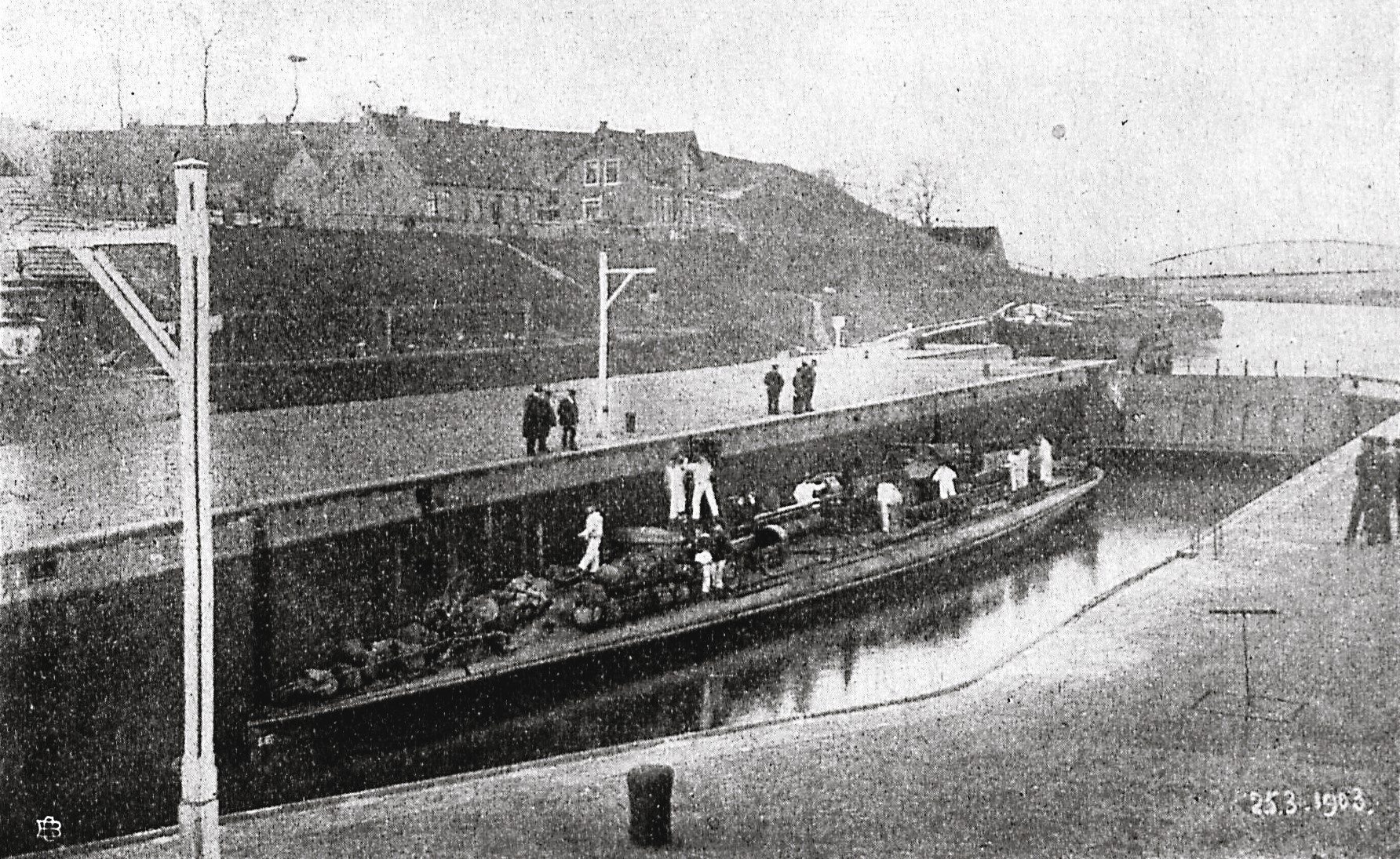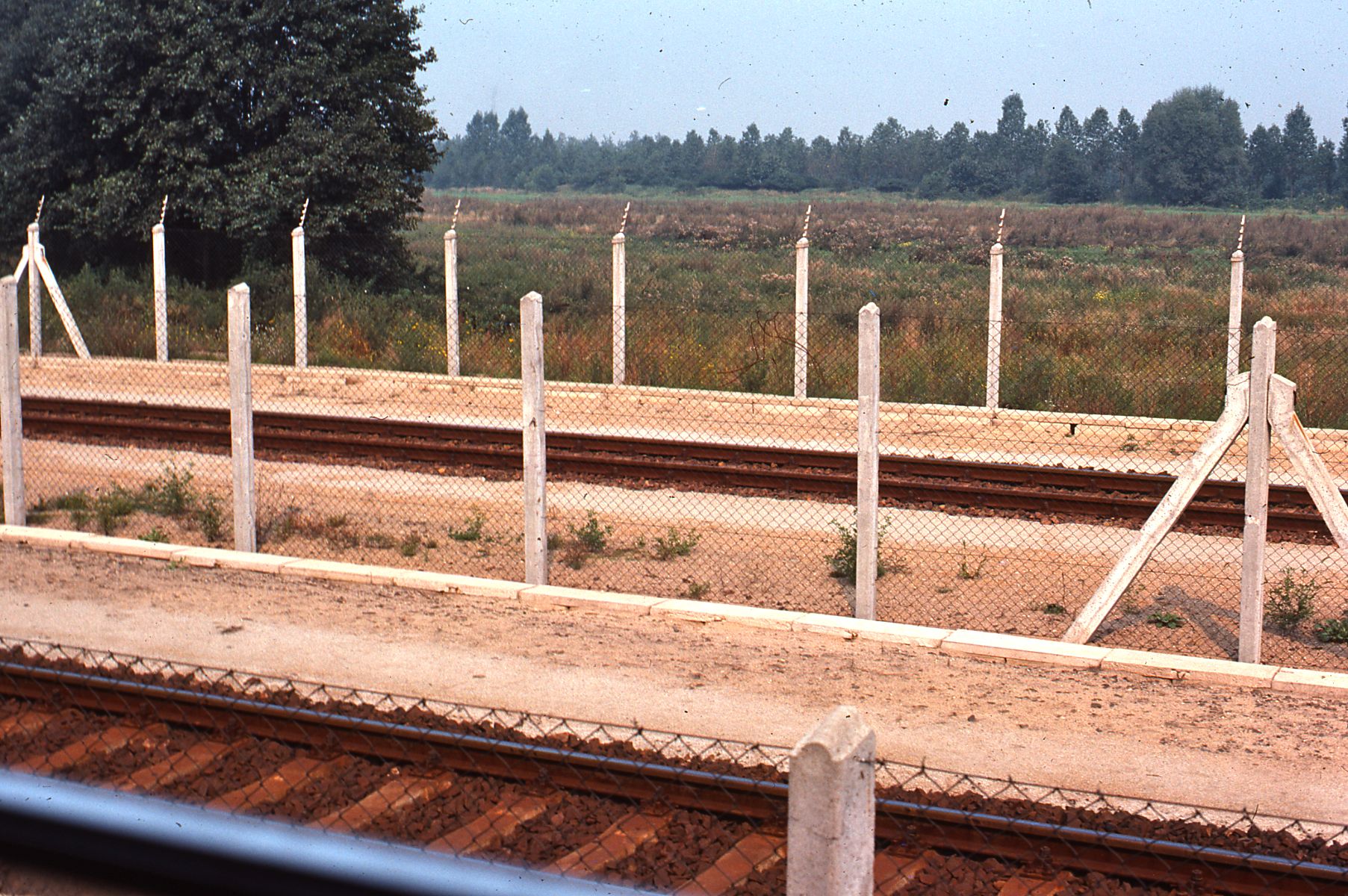|
Büchen Station
Büchen station is a railway junction in Büchen in the German state of Schleswig-Holstein. About 4,000 passengers embark or disembark each day (as of 2013). In front of the station building there is a bus stop with connections to the surrounding villages. Büchen station is served by trains on the Berlin–Hamburg and Lübeck–Lüneburg lines. During the division of Germany, Büchen was a border station on the line between Berlin and Hamburg in the Federal Republic of Germany. History The station was opened on 15 October 1851 with the completion of the Lübeck–Büchen section of the Lübeck–Lüneburg line by the Lübeck-Büchen Railway (German: ''Lübeck-Büchener Eisenbahn'', LBE). It is also located on the Berlin-Hamburg line, which had already been opened in 1846. Simultaneously with the opening of the Büchen line of the LBE, the Berlin-Hamburg Railway Company (''Berlin-Hamburger Eisenbahn-Aktiengesellschaft''), opened a branch line from Büchen to Lauenburg. Pass ... [...More Info...] [...Related Items...] OR: [Wikipedia] [Google] [Baidu] |
Büchen
Büchen (, ) is a municipality in the district of Lauenburg, in Schleswig-Holstein, Germany. It is seat of the ''Amt'' ("collective municipality") Büchen. Büchen is situated on the Elbe-Lübeck Canal, approx. 13 km northeast of Lauenburg/Elbe, and 45 km east of Hamburg. Büchen station is on the Berlin-Hamburg and the Lübeck–Lüneburg lines. History Between 1945 and 1990 Büchen served as West German inner German border crossing for rail transport. The crossing was open for trains travelling between the Soviet Zone of occupation in Germany (till 1949, thereafter the East German Democratic Republic, or West Berlin) and the British zone of occupation and thereafter Federal Republic of Germany. The traffic was subject to the Interzonal traffic regulations between West Germany and West Berlin which followed the special regulations of the Transit Agreement (1972) The Transit Agreement ( German: ''Transitabkommen''), signed 17 December 1971, arranged access to and ... [...More Info...] [...Related Items...] OR: [Wikipedia] [Google] [Baidu] |
Elbe–Lübeck Canal
The Elbe–Lübeck Canal () (also known as the Elbe–Trave Canal) is an canal, artificial waterway in eastern Schleswig-Holstein, Germany. It connects the rivers Elbe and Trave, creating an inland water route across the drainage divide from the North Sea to the Baltic Sea. The canal includes seven Navigation lock, locks and runs for a length of between the cities of Lübeck in the north and Lauenburg in the south by way of the Mölln lakes. The modern canal was built in the 1890s to replace the Stecknitz Canal, a medieval watercourse linking the same two rivers. Preceding canal The older Stecknitz Canal had first connected Lauenburg and Lübeck on the Old Salt Route by linking the tiny rivers Stecknitz (a tributary of the Trave) and Delvenau (a tributary of the Elbe). Built between 1391 and 1398, the Stecknitz Canal was the first European summit-level canal and one of the earliest artificial waterways in Europe. History After German unification in the late nineteenth century, ... [...More Info...] [...Related Items...] OR: [Wikipedia] [Google] [Baidu] |
Berlin Hauptbahnhof
Berlin Hauptbahnhof () (English: Berlin Central Station) is the main railway station in Berlin, Germany. It came into full operation two days after a ceremonial opening on 26 May 2006. It is located on the site of the historic Lehrter Bahnhof, and on the Berlin S-Bahn Rapid transit, suburban railway. The station is operated by DB Station&Service, a subsidiary of Deutsche Bahn AG, and is classified as a German railway station categories, Category 1 station, one of 21 in Germany and four in Berlin, the others being Berlin-Gesundbrunnen station, Berlin Gesundbrunnen, Berlin Südkreuz and Berlin Ostbahnhof. ''Lehrter Bahnhof'' (Lehrte Station) opened in 1871 as the terminus of the Berlin-Lehrte railway, railway linking Berlin with Lehrte, near Hanover, which later became Germany's most important east–west main line. In 1882, with the completion of the Berlin Stadtbahn, Stadtbahn (City Railway, Berlin's four-track central elevated train, elevated railway line, which carries both lo ... [...More Info...] [...Related Items...] OR: [Wikipedia] [Google] [Baidu] |
EuroCity
EuroCity, abbreviated as EC, is a cross-border train category within the European inter-city rail network. In contrast to trains allocated to the lower-level "IC" (InterCity) category, EC trains are international services that meet 20 criteria covering comfort, speed, food service, and cleanliness. Each EC train is operated by more than one European Union or Swiss rail company, under a multilateral co-operative arrangement, and all EC trains link important European cities with each other. The EuroCity label replaced the older Trans Europ Express (TEE) name for border-crossing trains in Europe. Whereas TEE services were first-class only, EuroCity trains convey first and second class coaches. The EuroCity schedule was designed with train pairs running one train in both directions, thus resulting in a more frequent service than the TEE, which normally ran only once a day. Criteria The criteria EuroCity trains are required to meet include the following: * train through two or m ... [...More Info...] [...Related Items...] OR: [Wikipedia] [Google] [Baidu] |
Regional-Express
In Germany, Luxembourg and Austria, the Regional-Express (RE, or in Austria: REX) is a type of regional train. It is similar to a semi-fast train, with average speed at about 70–90 km/h (top speed often 160 km/h) as it calls at fewer stations than '' Regionalbahn'' or S-Bahn trains, but stops more often than ''InterCity'' services. Operations The first Regional-Express services were operated by DB Regio, though since the liberalisation of the German rail market (''Bahnreform'') in the 1990s many operators have received franchise rights on lines from the federal states. Some private operators currently operate trains that are similar to a Regional-Express service, but have decided to use their own names for the sake of brand awareness instead. Regional-Express services are carried out with a variety of vehicles such as DMUs (of Class 612), EMUs (of Class 425 or 426) or, most commonly, electric or diesel locomotives with double-deck cars, the latter often with ... [...More Info...] [...Related Items...] OR: [Wikipedia] [Google] [Baidu] |
Hagenow Land Station
Hagenow Land station is a railway junction in Mecklenburg-Vorpommern, which was opened on 15 October 1846. It is located about 2.5 kilometres from the centre of the small town of Hagenow. It is classified by Deutsche Bahn as a category 5 station. The suffix ''Land'' in the official station designation indicates, on the one hand, that its location is outside of Hagenow town and is used, on the other, to distinguish it from the station that is situated in the centre of Hagenow; this station is named Hagenow Stadt (town)—until 2010 it was called just ''Hagenow''. It is connected to Hagenow Land by a 3.5 km-long branch line. History The fact that the Berlin-Hamburg railway ever made a 20 km detour via the comparatively small town of Hagenow, which then had 3400 inhabitants, resulted from the negotiations of the five states of Prussia, Mecklenburg-Schwerin, Denmark, Lübeck and Hamburg on the construction of the line. The Mecklenburg side under Grand Duke Frederick Fra ... [...More Info...] [...Related Items...] OR: [Wikipedia] [Google] [Baidu] |
Deutsche Reichsbahn (East Germany)
The Deutsche Reichsbahn or DR ''(German Reich Railways)'' was the operating name of state owned railways in the German Democratic Republic (East Germany), and after German reunification until 1 January 1994. In 1949, occupied Germany's railways were returned to German control after four years of Allied control following World War II. Those in the Soviet occupation zone (which became the German Democratic Republic or GDR on 7 October 1949) continued to run as the Deutsche Reichsbahn, the name given to the German national railways in 1937. In West Germany, the Reichsbahn was succeeded by the Deutsche Bundesbahn (DB). Both the Reichsbahn and the Bundesbahn continued as separate entities until 1994, when they merged to form the Deutsche Bahn. Organisation The DR was the largest employer in the GDR and as a state-owned firm was directly subordinated to the GDR Ministry of Transport ''(Ministerium für Verkehr der DDR)''. From November 1954 until November 1989, the GDR Minister o ... [...More Info...] [...Related Items...] OR: [Wikipedia] [Google] [Baidu] |
Deutsche Bundesbahn
The Deutsche Bundesbahn or DB (German Federal Railway) was formed as the state railway of the newly established Federal Republic of Germany (FRG) on 7 September 1949 as a successor of the Deutsche Reichsbahn-Gesellschaft (DRG). The DB remained the state railway of West Germany until after German reunification, when it was merged with the former East German Deutsche Reichsbahn (DR) to form Deutsche Bahn, which came into existence on 1 January 1994. Background After World War II, each of the military governments of the Allied Occupation Zones in Germany were ''de facto'' in charge of the German railways in their respective territories. On 10 October 1946, the railways in the British and American occupation zones formed the ''Deutsche Reichsbahn im Vereinigten Wirtschaftsgebiet'' (German Imperial Railway in the united economic area), while on 25 June 1947, the provinces under French occupation formed the Südwestdeutsche Eisenbahn. With the formation of the FRG these succe ... [...More Info...] [...Related Items...] OR: [Wikipedia] [Google] [Baidu] |
Hamburg
(male), (female) en, Hamburger(s), Hamburgian(s) , timezone1 = Central (CET) , utc_offset1 = +1 , timezone1_DST = Central (CEST) , utc_offset1_DST = +2 , postal_code_type = Postal code(s) , postal_code = 20001–21149, 22001–22769 , area_code_type = Area code(s) , area_code = 040 , registration_plate = , blank_name_sec1 = GRP (nominal) , blank_info_sec1 = €123 billion (2019) , blank1_name_sec1 = GRP per capita , blank1_info_sec1 = €67,000 (2019) , blank1_name_sec2 = HDI (2018) , blank1_info_sec2 = 0.976 · 1st of 16 , iso_code = DE-HH , blank_name_sec2 = NUTS Region , blank_info_sec2 = DE6 , website = , footnotes ... [...More Info...] [...Related Items...] OR: [Wikipedia] [Google] [Baidu] |
Comecon
The Council for Mutual Economic Assistance (, ; English abbreviation COMECON, CMEA, CEMA, or CAME) was an economic organization from 1949 to 1991 under the leadership of the Soviet Union that comprised the countries of the Eastern Bloc along with a number of socialist states elsewhere in the world. The descriptive term was often applied to all multilateral activities involving members of the organization, rather than being restricted to the direct functions of Comecon and its organs. This usage was sometimes extended as well to bilateral relations among members because in the system of communist international economic relations, multilateral accords typically of a general nature tended to be implemented through a set of more detailed, bilateral agreements. Comecon was the Eastern Bloc's response to the formation in Western Europe of the Marshall Plan and the OEEC, which later became the OECD. Name in official languages of the members History Foundation The Comecon was fo ... [...More Info...] [...Related Items...] OR: [Wikipedia] [Google] [Baidu] |
DRG Class SVT 877
The DRG Class SVT 877 Hamburg Flyer – sometimes also Flying Hamburger or in German ''Fliegender Hamburger'' – was Germany's first fast diesel train, and is credited with establishing the fastest regular railway connection in the world in its time. Correctly named the ''Baureihe SVT 877'' (later '' DB Baureihe VT 04 000 a/b''), the diesel-electric powered train was used to carry passengers on the Berlin–Hamburg line (roughly ). It entered service in 1933. Development and technical data The Hamburg Flyer, a train consisting of two cars – each having a driver's cab and passenger cabin – was ordered by the Deutsche Reichsbahn-Gesellschaft in 1932 from Waggon- und Maschinenbau AG Görlitz (WUMAG). The train was delivered in 1932 and put into service in 1933. The train was streamlined after wind tunnel experiments, a sort of research which was pioneered by the developers of the high-speed interurban railcar Bullet a couple of years before. The ''Fliegender Hamburger'' desi ... [...More Info...] [...Related Items...] OR: [Wikipedia] [Google] [Baidu] |



_(2).jpg)




_1989%2C_MiNr_3221.jpg)